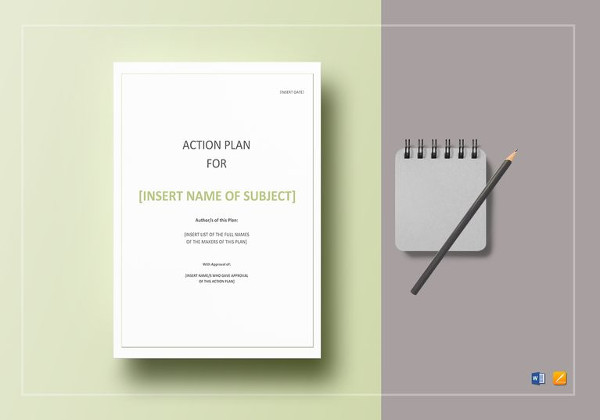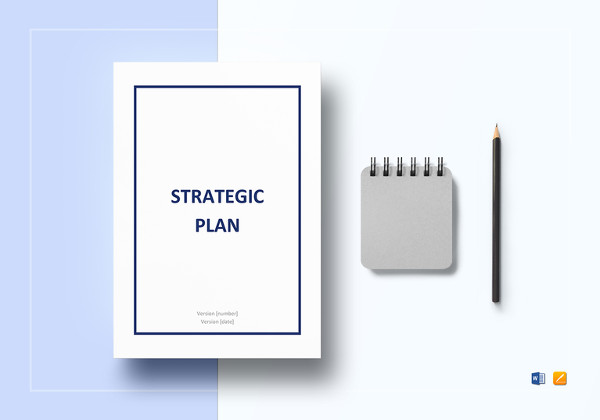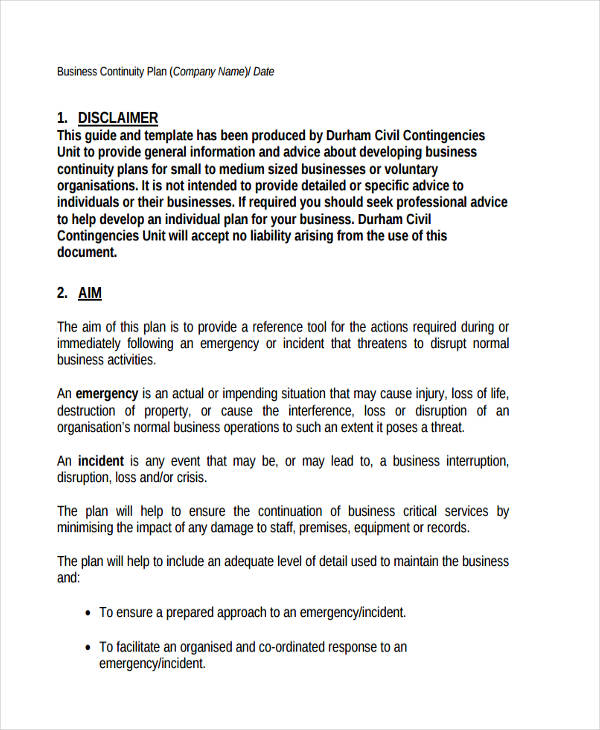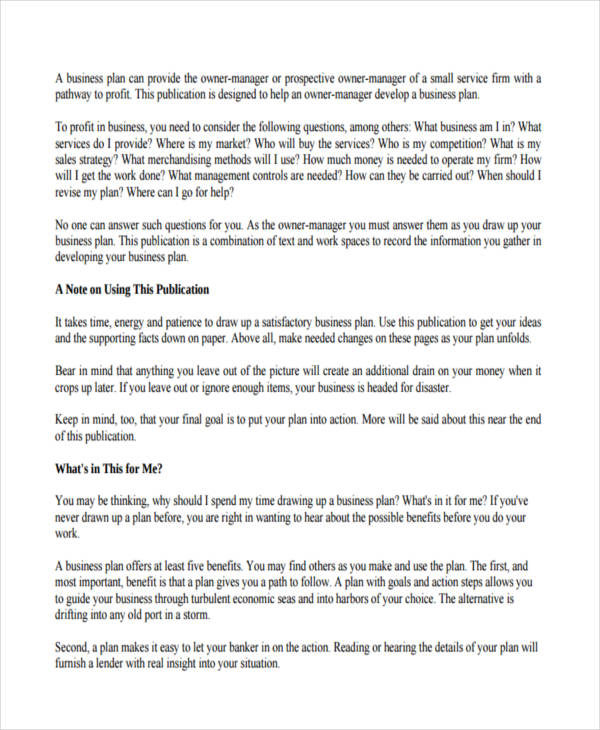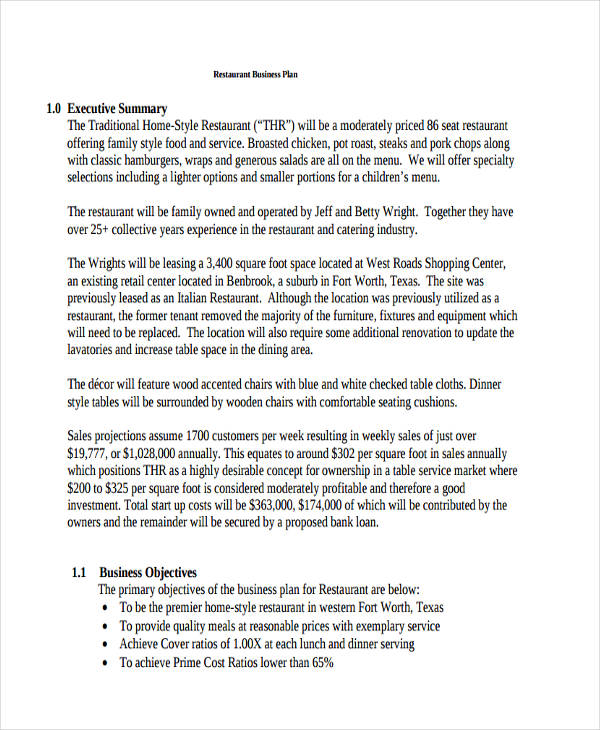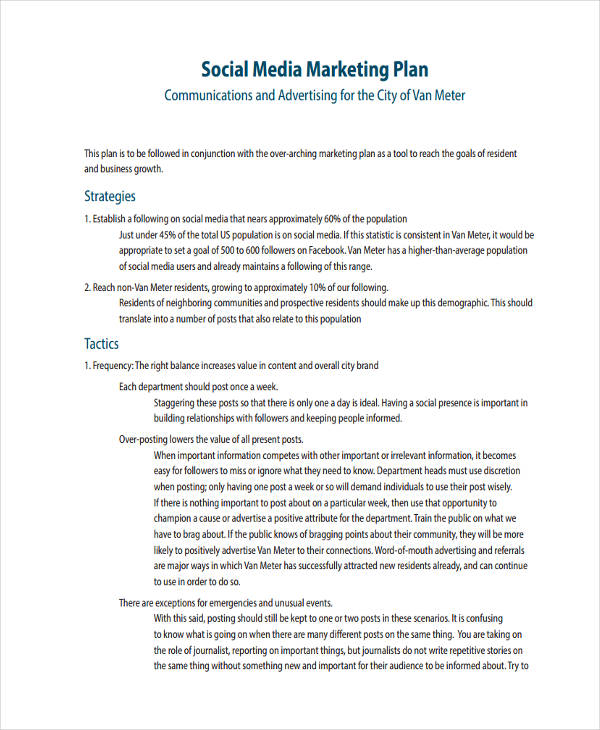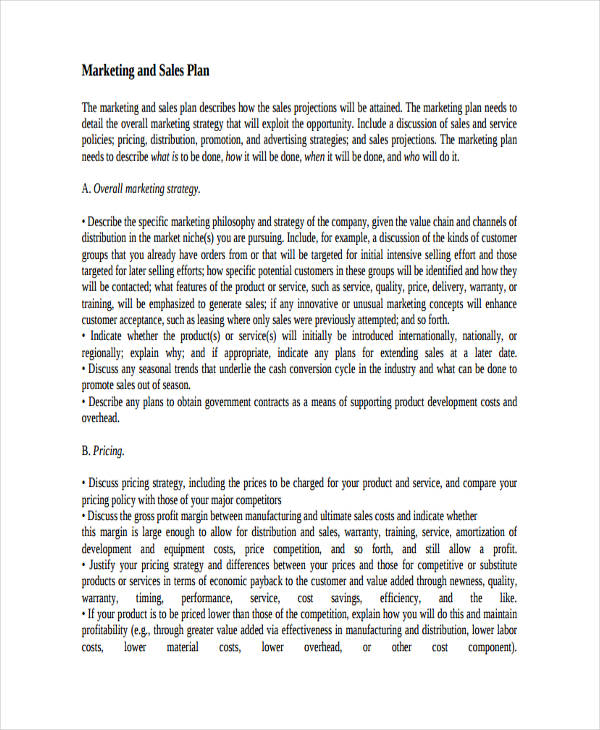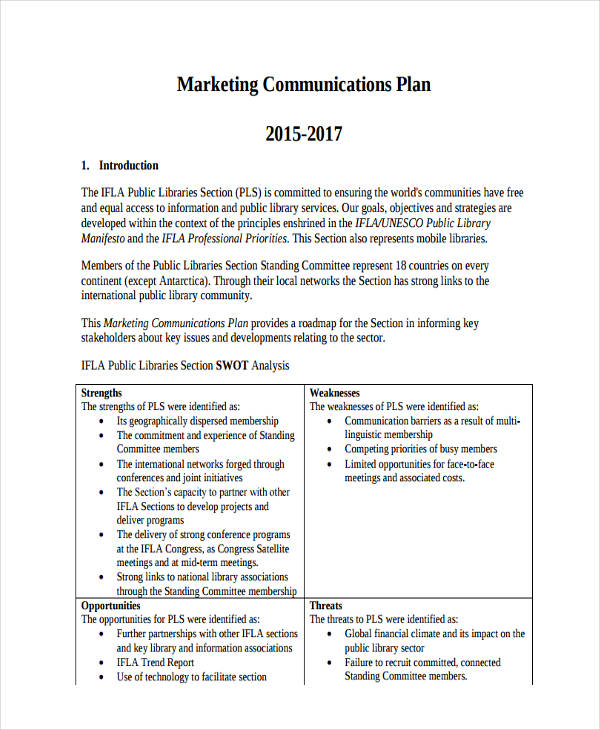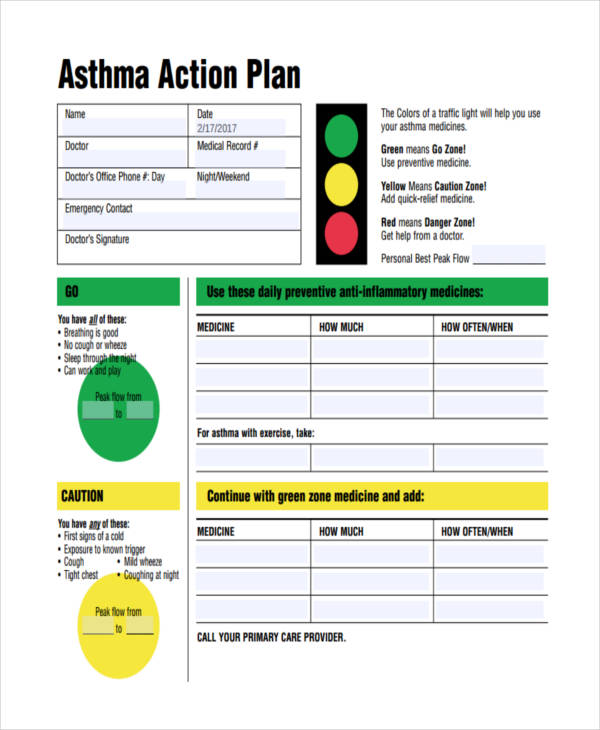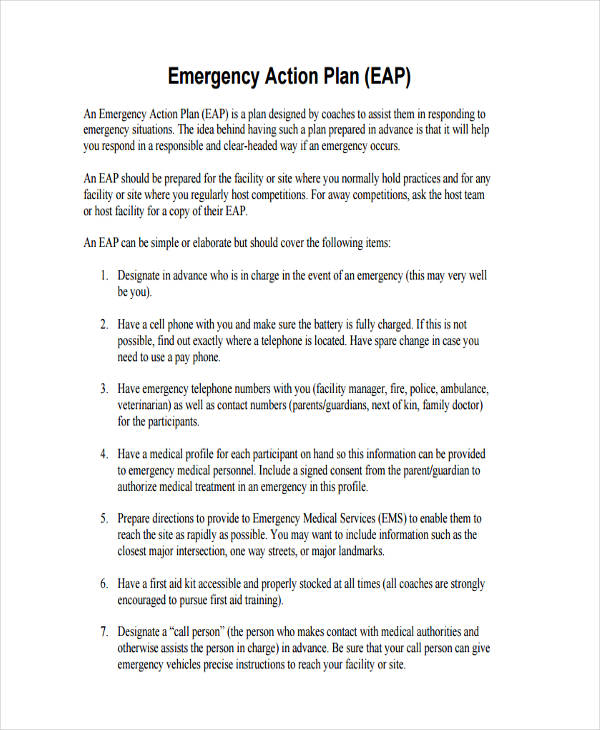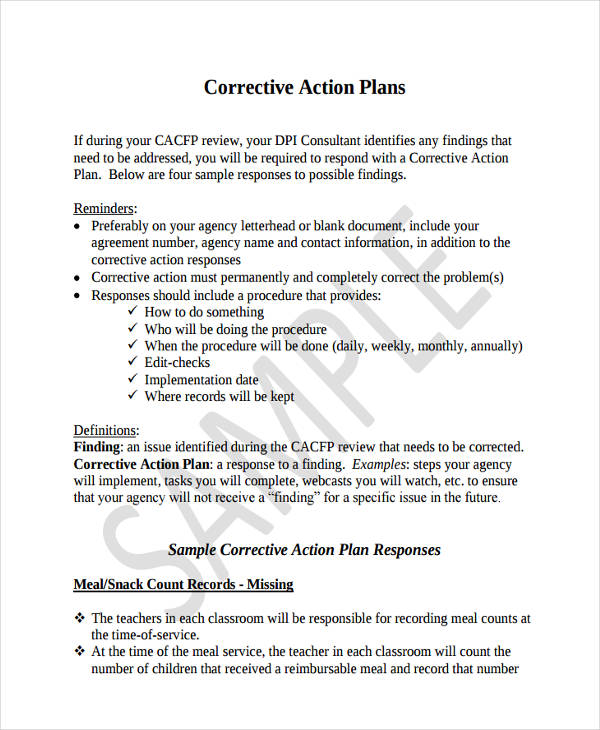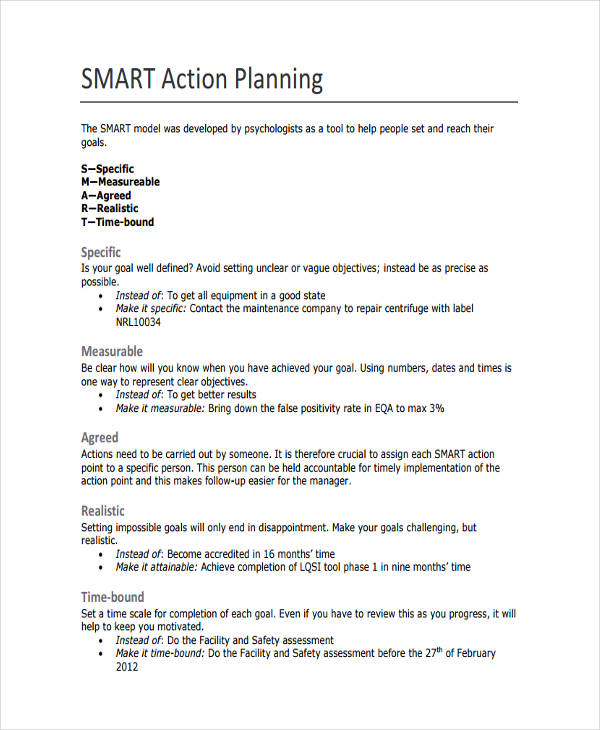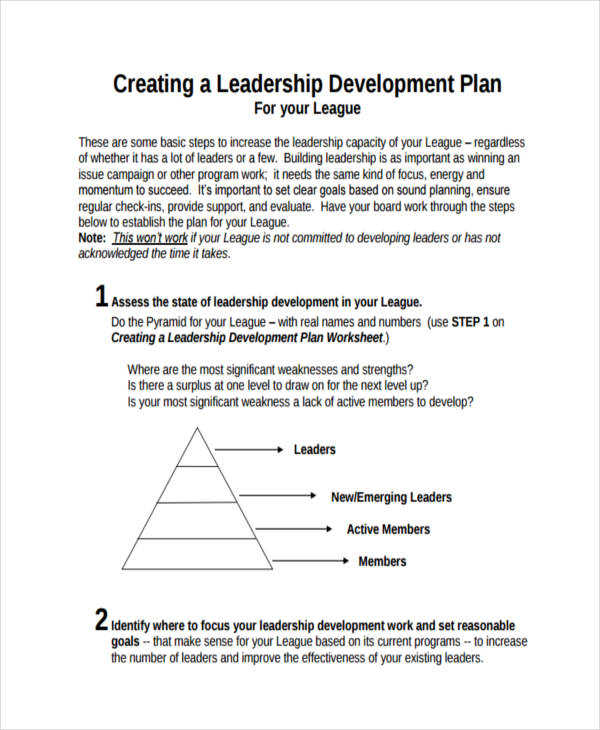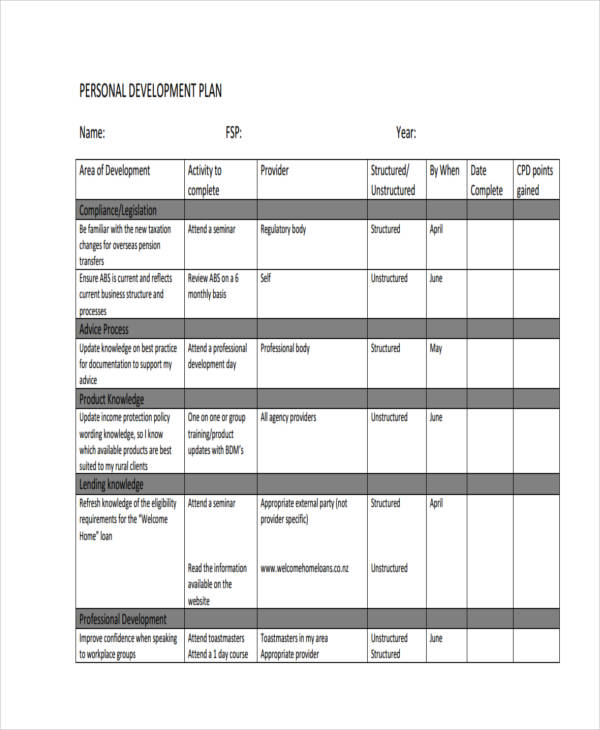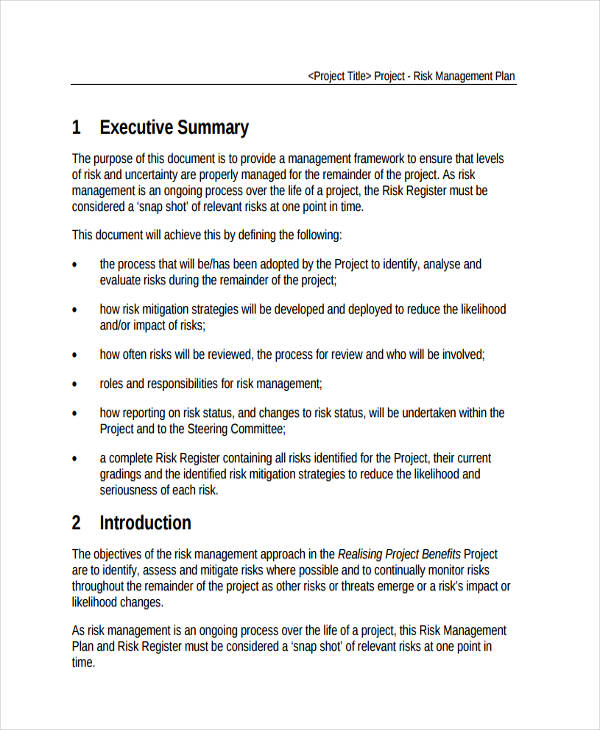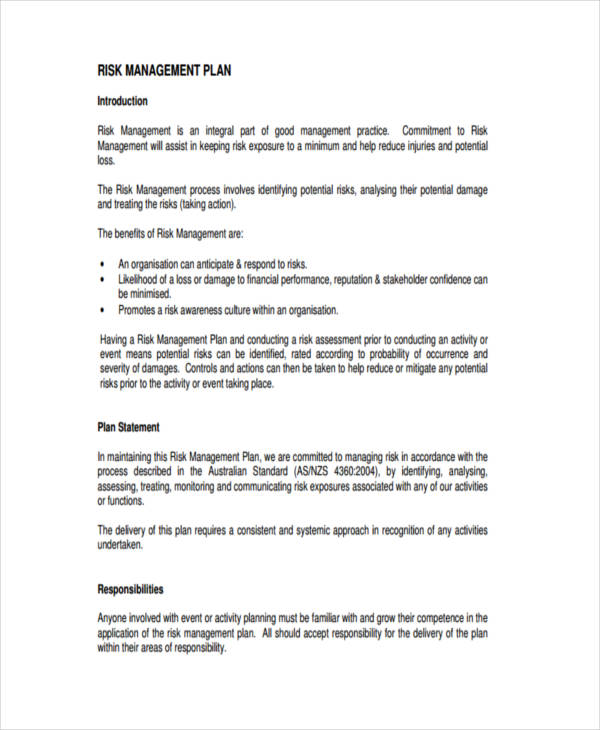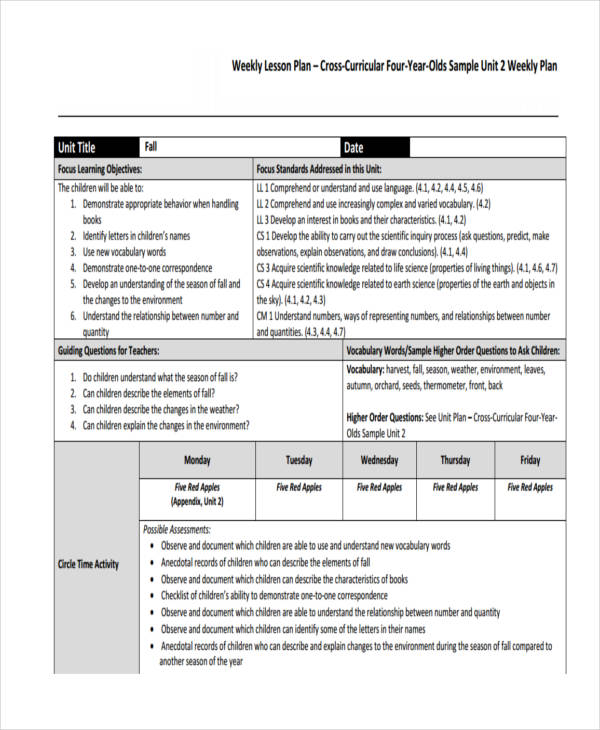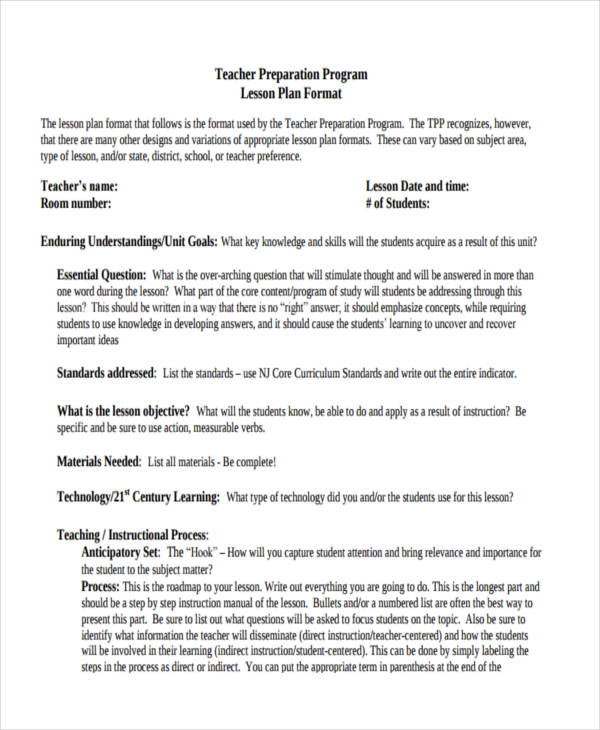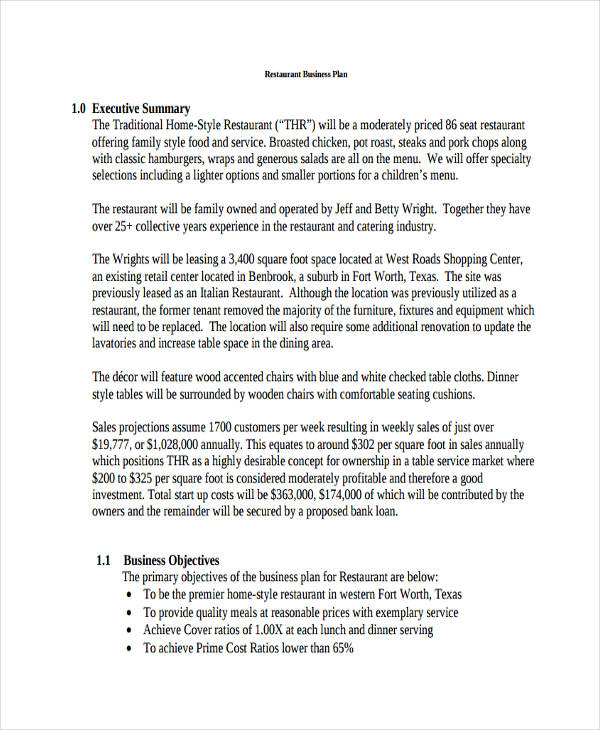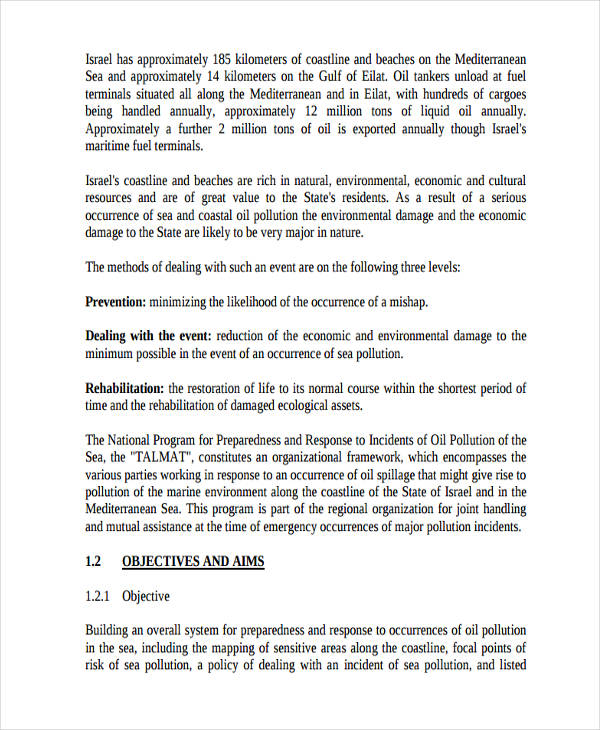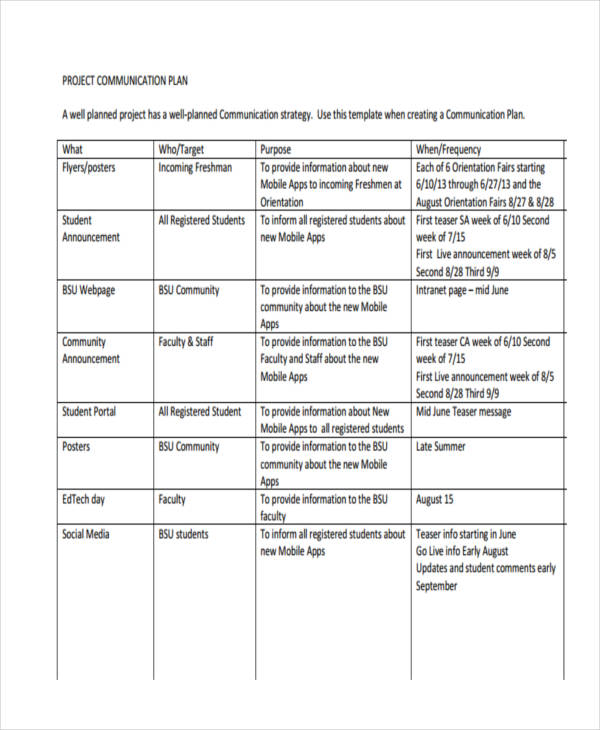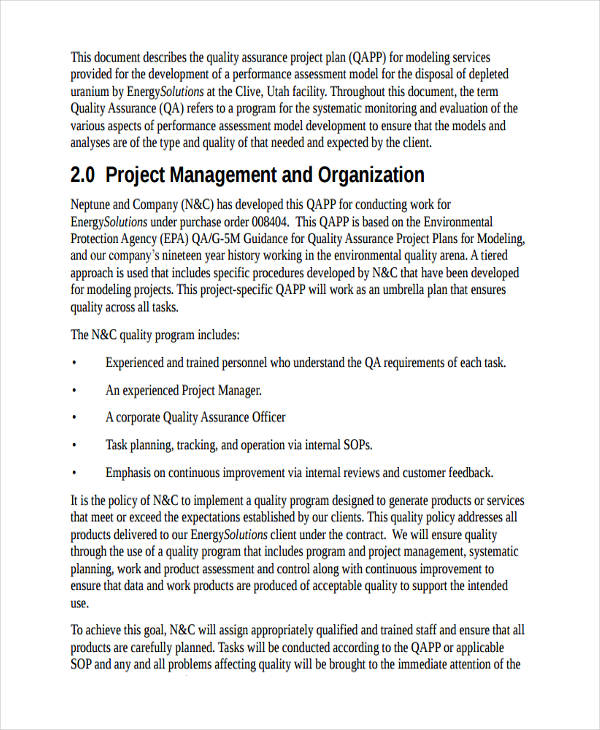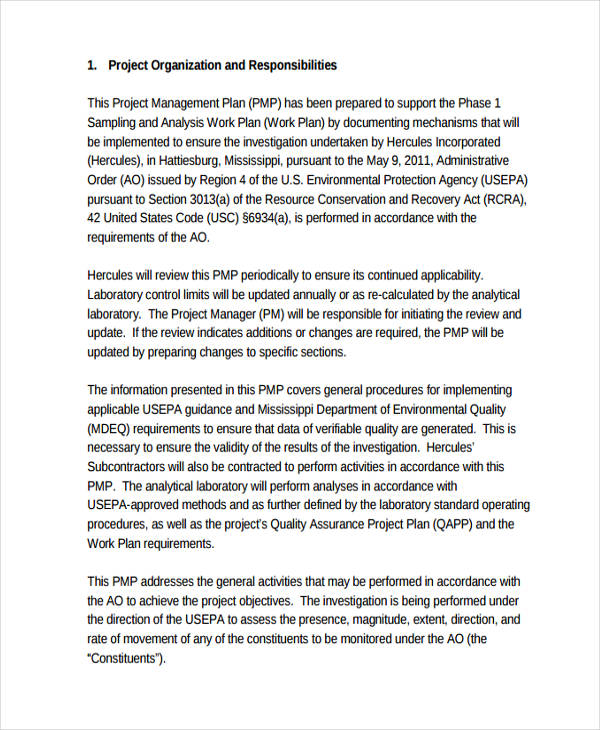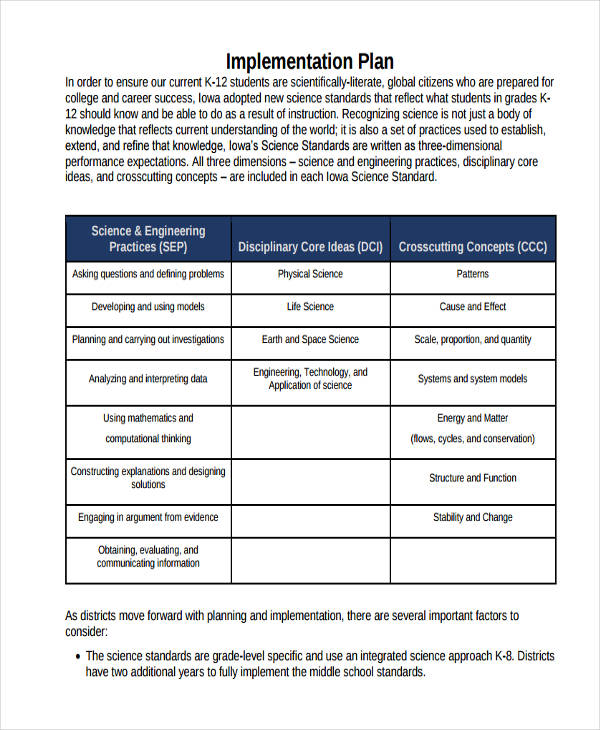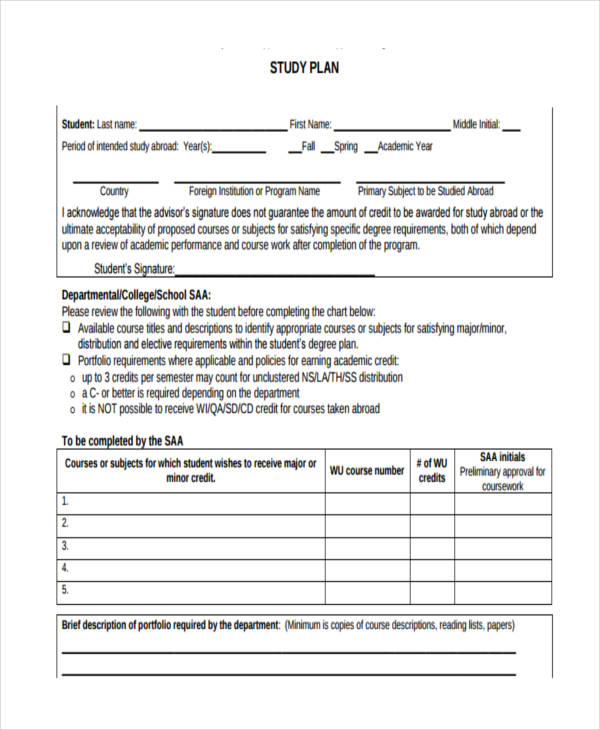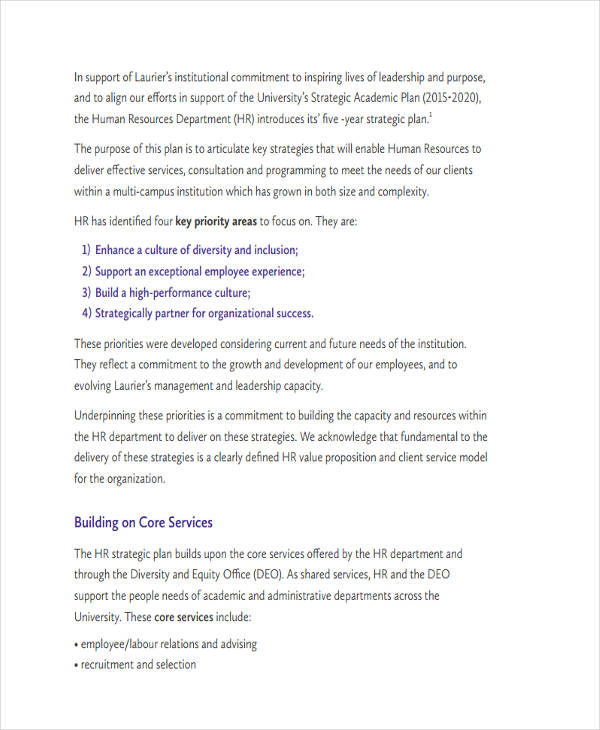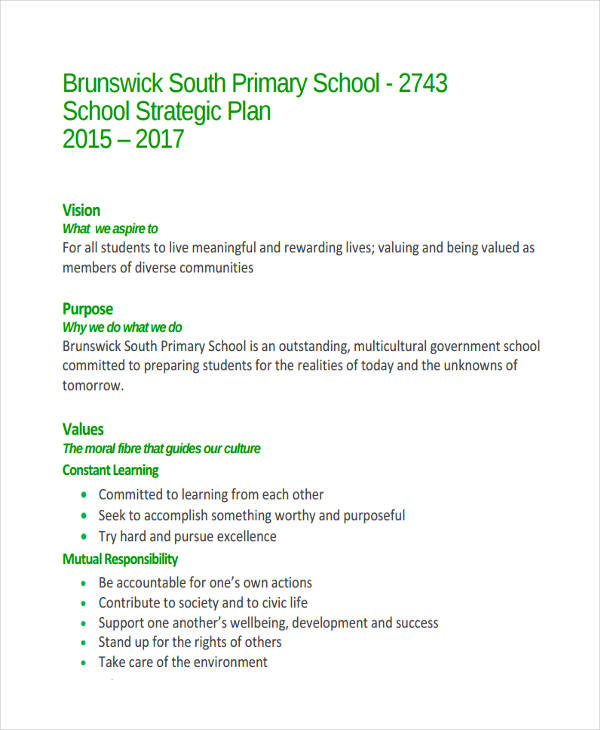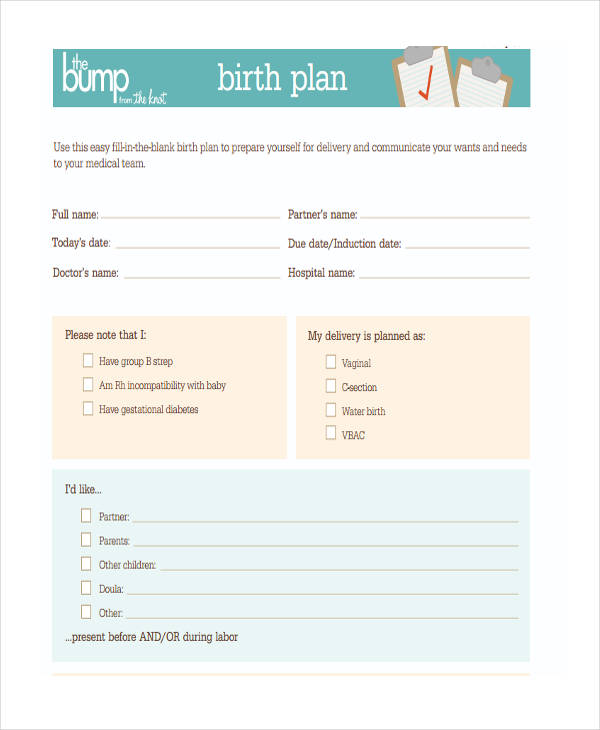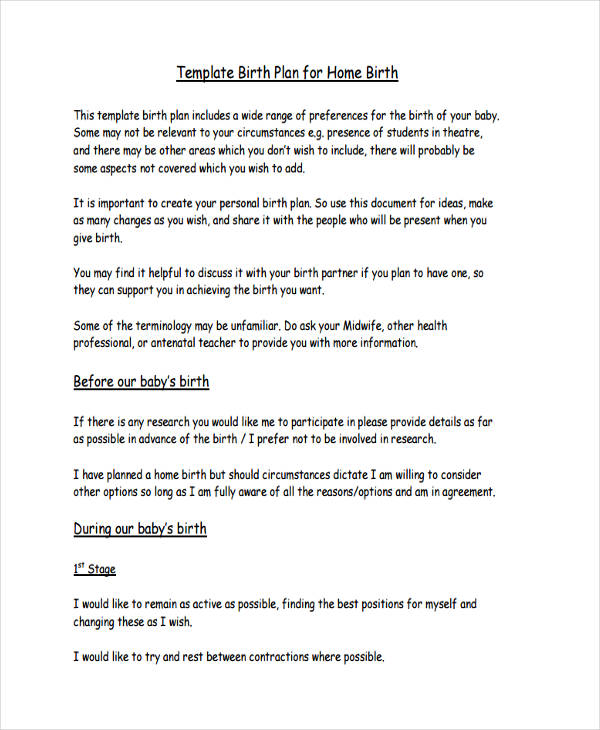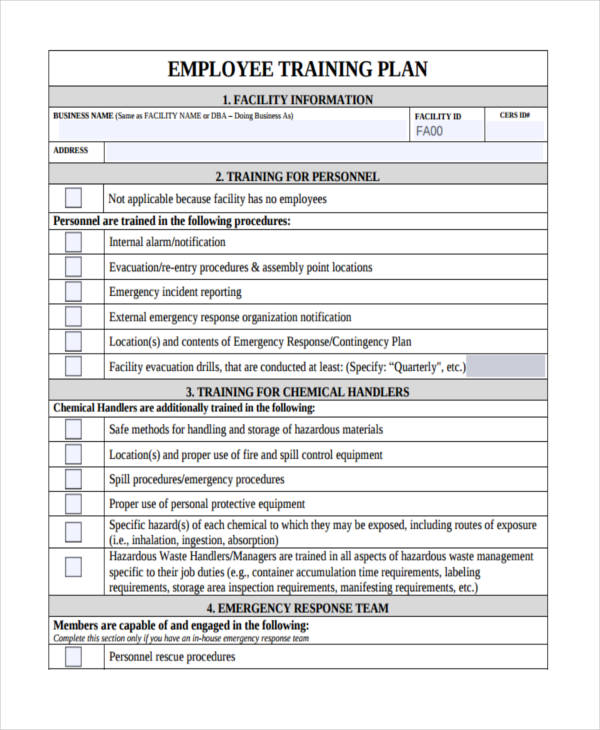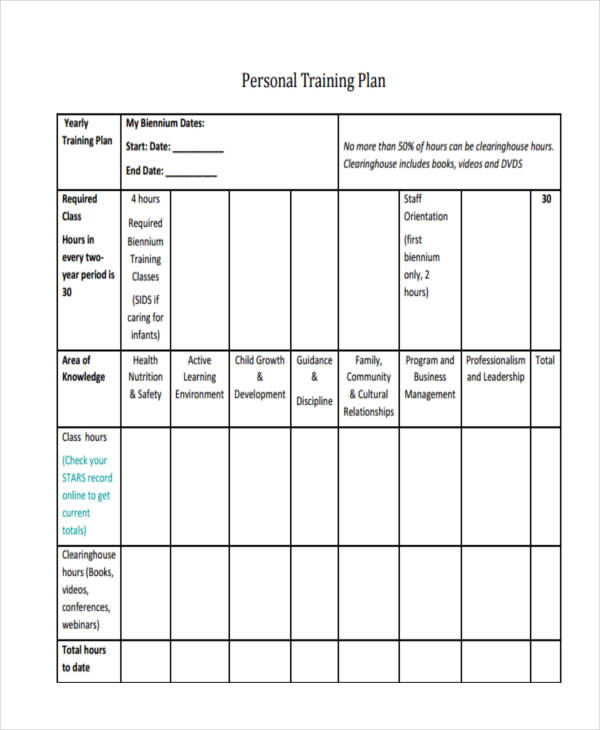47+ Plan Examples to Download
Success. It is literally what is in the mind of every person and perhaps all decision makers. But what really guarantees success in every business? It needs a concrete but ambitious structure for any business and how it is going to operate. In short, everything that is contained in a implementation plan for business.
As with any financial plan, a good business plan relies not only on what the business is about but more importantly on who and how the business is going to be run. Daily plan examples showing different types of planning not only applicable to business but personal as well are found in the page.
Simple Business Plan Template
Action Plan Template
Marketing Plan Template
Project Plan Template
Strategic Plan Template
Training Plan Template
Work Plan Template
Salon Business Plan Template
Nursing Care Plan Template
Retail Business Plan Template
Transition Plan Template
Performance Development Plan Template
Financial Plan Template
Business Plan
Business Continuity
Small Business
Restaurant Plan
Marketing Plan
Social Media
Sales Marketing
Marketing Communications
What Is a Plan?
A plan is simply an free outline example of activities and resources involved in achieving a goal or objective. Plans can either be:
- Formal plans – plans involving mostly a group of people specially in business. These plans commonly follow a structure of having an executive summary and analysis of the plan or business proposal including recommendations at the end.
- Informal plans – plans made all the time and almost always by any individual. It does not need to have the structure of a formal plan but the general purpose is the same as in achieving an objective or smart goal.
Writing a Business Plan
To simplify any simple business plan, you need to have the following major components of a business plan:
- Value proposition – This statement examples in word carries or personifies what your business is about and how it has an edge over other businesses doing the same.
- Target market – Having identified the need and who needs the product, this will be the niche that would appeal to any potential investor or partner
- Solution – Knowing what to offer as answer to issues or needs from the chosen market and how to deliver them completes the process of having a plan or project proposal.
Business plan examples in PDF and free business plan examples found on this page can be used as great material for inspiration of your next business proposal.
Action Plan
Asthma Action
Emergency Plan
Corrective Action
Smart Plan
Personal Development Plan
Leadership Development
Career Personal Plan
Personal Development Example
Tips for an Effective Business Plan
Success of any evaluation plan for business often involves not only the actual implementation of the plan but also the process of coming up with that business or management plan. The following are simple tips in the creation of such a plan:
- Demand or existing need – Determining the feasibility of a professional proposal for project or product proposal is first made by studying the existing conditions and the demands relating to such conditions. Knowing what is needed naturally prepares you for knowing what to supply and creating a demand for that supply.
- Competitor analysis – Having an idea of existing simple analysis for competitors greatly helps in assessing the strengths and weaknesses of competitors and also gives the company ideas on areas that can be explored to pursue potential advantages that would make clients chose the company over competitors.
- Solution or value proposition – After having determined the need and existing competitors, offering a solution uniquely viable and advantageous to the company and clients distinguishes you apart from the rest of the competition.
- Strategy – By creating the methods and means in penetrating a market and retaining customers, the company attracts potential investors or business partners. These strategies help keep the budget plan of business on the right track and point the direction the business would like to take.
- Budget and Targets – Converting plans into concrete and more tangible data represented by figures, investors and partners are able to graphically picture projections in terms of money needed and target profits. Having a concrete example which is represented by numbers and figures help decision makers prepare and determine possible margin of profitability of a company.
Risk Management Plan
Project Management Plan
Risk Management Sample
Lesson Plan
Detailed Lesson Plan
Weekly Lesson
Lesson Plan Format
Contingency Plan
Business Plan
National Contingency
Project Plan
Communication Plan
Quality Plan
Project Management
The Effects in the Lack of Planning
Having a management plan, strategic plan or business plan prepares you for what is to come and how to deal with them. It gives you a road map and direction in taking control of an activity or business.
However, the following effects are to be expected from the lack of effective planning or no planning at all.
- Resources and Materials – The lack of effective product and material control plan results in shortages or delay in procurement of such materials in relation to the operational analysis of the business. Having the work force necessary to do work but without material to work on wastes both time and money. The same is true for an opposite situation wherein the material is there to be processed without anybody to process it.
- Finances – It is self explanatory that losses incurred due to production downtime results in diminished financial opportunities or profit opportunities.
- Morale – Without proper organization, employees would be demoralized and find it difficult to execute or finish any given task.
Implementation Plan
Study Plan
School Study
Personal Study
Five Day Study Plan
Basic Study Plan
Strategic Plan
HR Strategic
School Strategic
Birth Plan
Blank Birth Plan
Home Birth Plan
Training Plan
Employee Training Plan
Personal Training Plan
Financial Plan
One Page Financial Plan
Planning: Simple Guidelines for Effective Plans
Effective work plan sets the stage for completion and success of any business proposal, strategic plan, or marketing plan. Knowing the following adds to possibility of success to any plan:
- Goals and Responsibilities – Setting goals help focus and direct employee enthusiasm in the right direction. Assigning responsibilities provides accountability for work
- Resources – Identification of needed resources in completing a job helps relate the needs in relation to the success of the development plan.
- Prioritize Goal tasks – Prioritizing tasks creates a sense of urgency in which the order of tasks have to be done or followed.
- Timelines – By setting deadlines for completion, each team is set a challenge and focuses their efforts in achieving the task on time.
- Evaluation Methods – By constantly reviewing how a job is done and refining the processes involved, efficiency is increased therefore translating to better productivity
- Action Plans – Action plans of corrective or preventive actions put in place help employees react to situations better and avoid the recurrence of an issue or problem.
Weekly plan examples and quality plan examples found on the page can further help in understanding effective methods for planning. Depending on the type of plan you wish to make, numerous other examples are found in the page to help you in the better understanding of creating your business plan.




